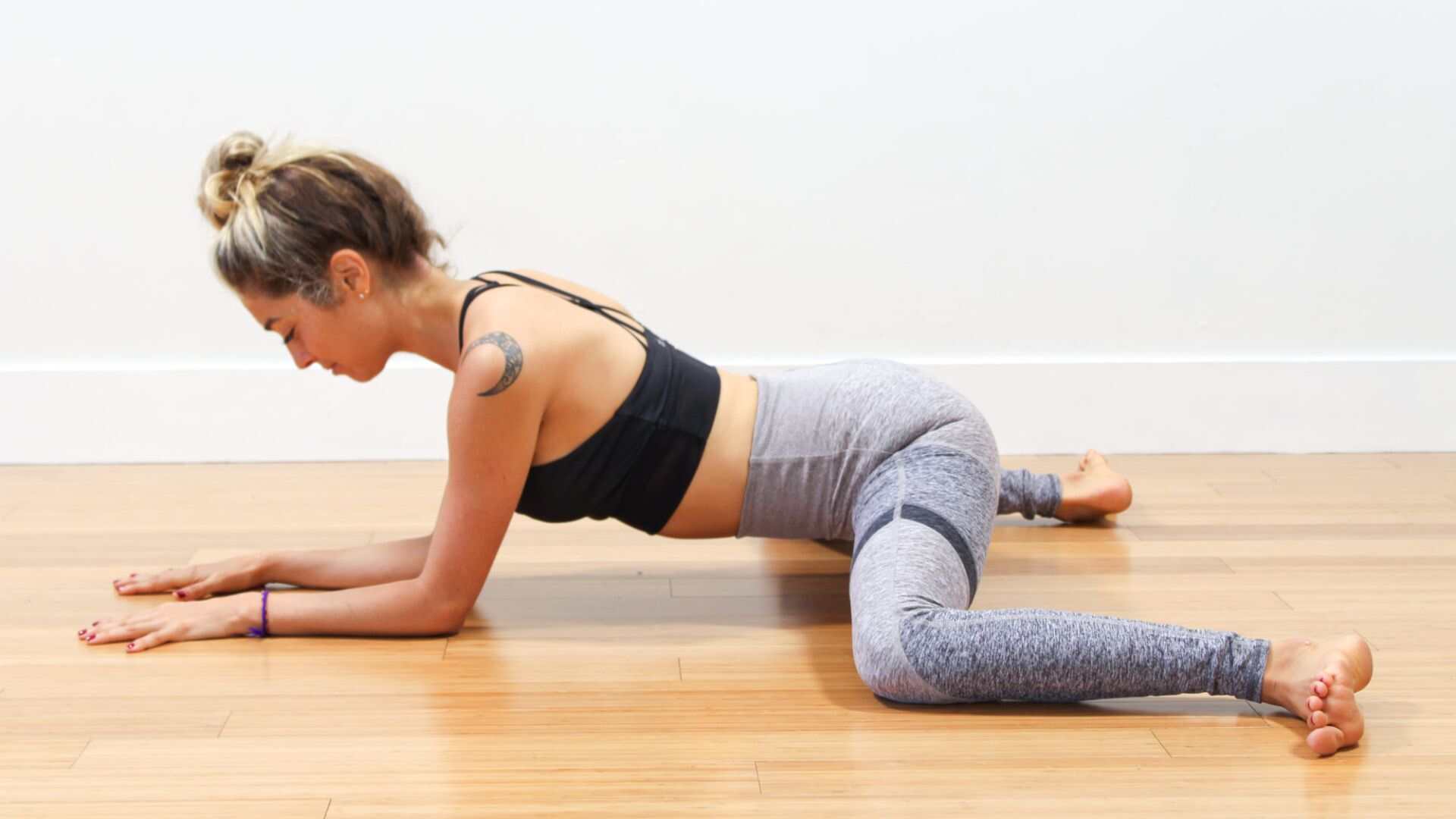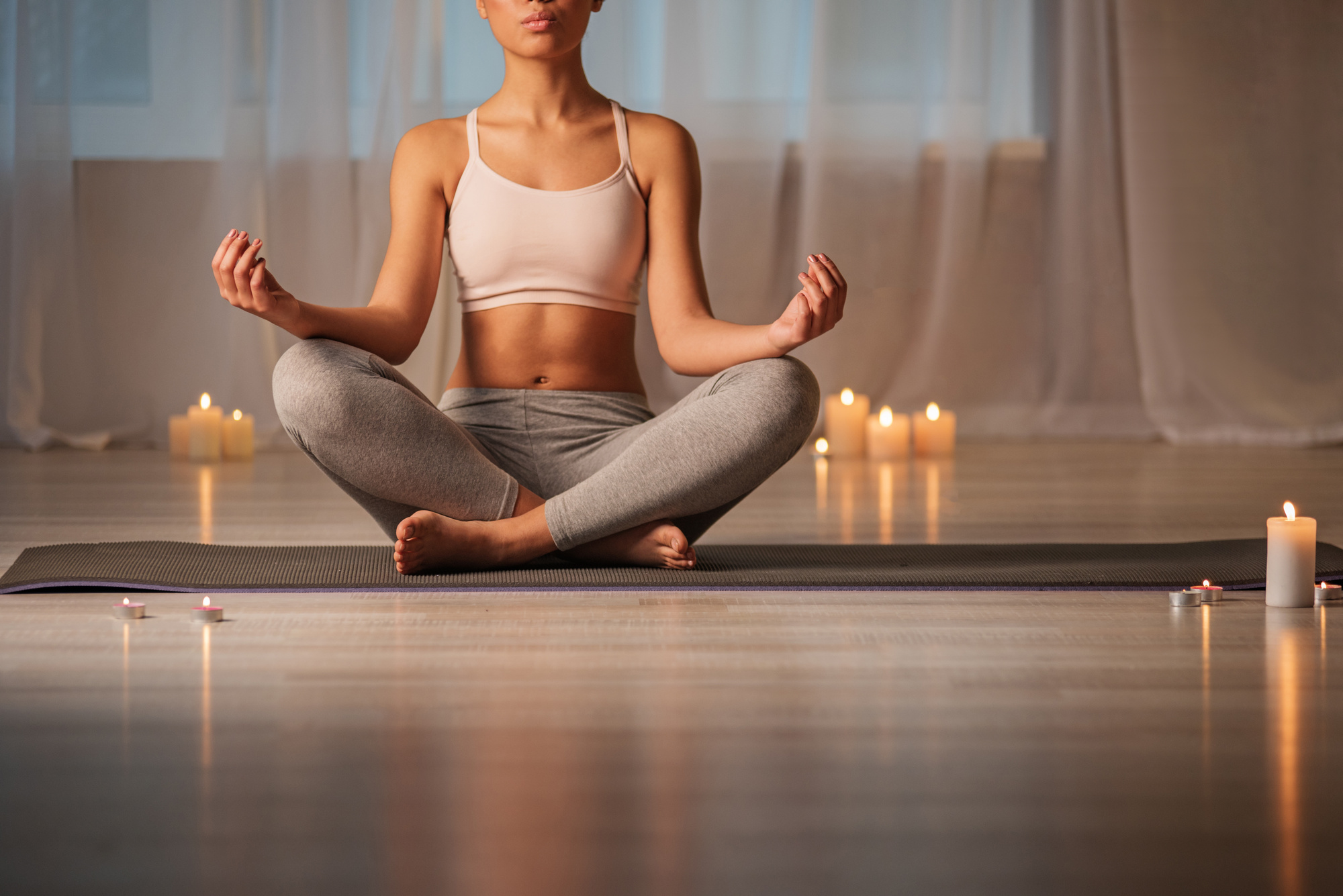The word yoga means to connect or unite, often referring to connecting with the self, the divine, or one’s soul. Yoga comprises eight components: yama, niyama, asana, pranayama, pratyahara, dharana, dhyana, and samadhi. Practicing all these aspects can lead to enlightenment. Specifically, yoga asanas and pranayama can alleviate various health conditions and manage their symptoms. Among the numerous yoga asanas, Mandukasana, or the Frog Pose, is particularly beneficial for enhancing productivity and focus. Named after the Sanskrit words ‘Manduka’ (Frog) and ‘Asana’ (Posture), this pose resembles a frog’s stance. Mandukasana offers several health benefits.
How to Perform Mandukasana
1. Tabletop Position: Begin in a tabletop position with your hands and knees touching the floor.
2. Align Arms and Shoulders: Keep your arms in line with your shoulders and your knees below your hips. Hold this position for a few seconds.
3. Move Knees Outwards: Slowly move both knees out to the sides while keeping the ankles and feet aligned with the knees.
4. Open Hips: Ensure your hips are open, then turn your feet outward and stretch the ankles until the inner foot, ankle, and knees touch the floor.
5. Lower Forearms: Drop your forearms and elbows to the floor, keeping the palms flat. Hold this for a few breaths.
6. Extend Arms: Exhale and extend your arms forward, lowering your abdomen, chest, and chin parallel to the floor.
7. Move Hips Backwards: Take your hips backward, keeping them stable. Stay in this pose for a few breaths.
8. Release Pose: Gently lift your body, pushing onto your hands, and release the pose.
Health Benefits of Mandukasana
– Improves Digestion: This pose stimulates the abdominal organs, enhancing digestive processes and alleviating issues like constipation and indigestion. The forward bend adds pressure to the stomach and massages the internal organs, aiding digestion.
– Enhances Flexibility: Mandukasana stretches the hips, thighs, and ankles, improving lower body flexibility. Regular practice loosens tight muscles and increases the range of motion, making everyday movements smoother and reducing injury risks.
– Reduces Belly Fat: The pressure and use of abdominal muscles in this pose help tone and reduce excess stomach fat. This can lead to a leaner midsection and improved overall body composition when combined with a balanced diet and regular exercise.
– Regulates Blood Sugar Levels: Mandukasana impacts the pancreas, enhancing its function and aiding insulin production regulation. This is beneficial for people with diabetes or those at risk, helping maintain stable blood sugar levels.
– Relieves Stress and Anxiety: The forward bend and breathing in this pose help relax the mind and reduce stress and anxiety levels. This asana also promotes mindfulness and releases mental tension.
– Boosts Circulation: By compressing and then releasing the abdominal region, this pose improves blood circulation to organs and tissues. Improved circulation enhances nutrient delivery and waste removal, boosting overall bodily functions.
– Strengthens Back Muscles: Mandukasana engages and strengthens the back muscles, particularly the lower back. Regular practice builds a stronger back, reduces pain, and improves posture, essential for a healthy spine.























